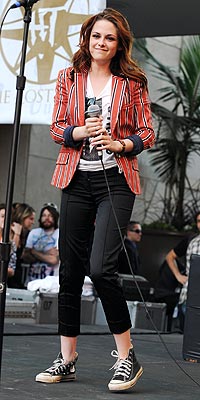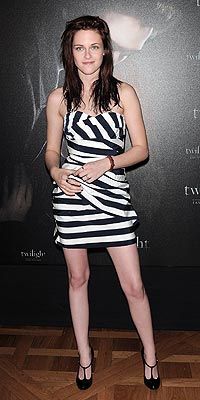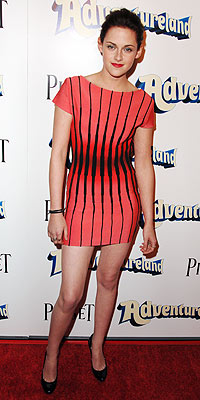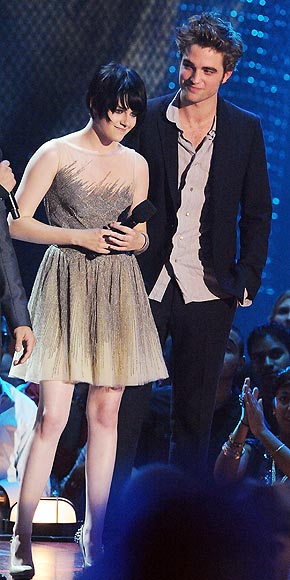
About Marie Antionette's Fashion and the fashion in Sofia Coppola's Marie Antionette:
As Queen of France, Marie Antoinette attracted enough public loathing to ensure the French monarchy's downfall. That loathing, as Caroline Weber points out in Queen of Fashion: What Marie Antoinette Wore to the Revolution, was largely focused on the queen's clothes. This book's theme is the way young Queen Marie Antoinette took up pointed, disturbing fashions to give herself a visible autonomy and personal force that tradition didn't provide.
~French queens had no political role, could never inherit the throne or exercise royal power, and this future queen had arrived at Versailles politically ignorant and inept. She found the court riven with faction, she had few reliable supporters of her own, and her distant imperial mother's advice soon proved useless. Marie Antoinette might well have felt that her personal style was all she could manipulate.
Marie had her first child only after eight and a half fruitless years; and after four of them, the new queen began to focus her creative energy on clothes.
~Marie Antionette didn't invent fashions. She promoted radical new ones through her public persona, in the modern, celebrity-culture way—and that's why we like her today, instead of automatically despising her as the last century did. Sofia Coppola's film reflects our present sympathy for an eager-to-please teenager's fashion-addictive responses to unbearable demands, especially when cut off from family love—and we, of course, are safely cut off from the assumptions governing the upbringing of 18th-century royal children.
Marie Antoinette's mother, Austrian Empress Maria Theresa, had destined her for this marriage from birth, grooming her appearance and behavior for all levels of French scrutiny. While commoners hailed her angelic blond looks as an augury of better times, the court delighted in her fine grasp of the French tongue, French manners, and Bourbon history. But the empress may have had an unsubtle sense of current French style. Paris had long since ruled European fashion, regularly sending elegant fashion dolls as models to foreign capitals, including the Vienna of Archduchess Marie Antoinette's childhood. The little girl was always dressed accordingly.
Weber describes a painting of an imperial family group showing the nonmarriageable oldest daughter plainly dressed, while the future dauphine and her toy fashion doll have on the same formal French dress with a train.
The empress may not have realized that in teeming Paris, avant-garde fashion then went along with refined sexual license, class intermingling, and free political talk, whereas fashion at Versailles remained chiefly an important aspect of court etiquette. Marie Antoinette's first experience of the difference occurred halfway through her journey from home, at the ceremony called remise, or handover.
In a small pavilion situated between French and Austrian soil, a troupe of French ladies stripped the girl naked, while French and Austrian diplomats watched. Then they replaced every atom of the Paris-inspired finery she had worn out of Austria with similar garments and adornments made in France, symbolically transforming her from an Austrian imperial archduchess into a French royal princess with completely new allegiances.
The dauphine found that her court duties demanded unfashionably heavy dresses supported by old-style, extra-long, extra-rigid corsets, accompanied by thick rouge and stiff curls. These items were ritually applied every day by a phalanx of noblewomen, while lesser court ladies watched; and, at night, the whole process was reversed. She rebelled, soon and permanently, risking her mother's anger, the court's disfavor, eventually the people's scorn, and her own neck.
Once Queen, Marie steadily ordered the newest looks from Rose Bertin, the leading Paris couturiere—among them the provocative "robe a la polonaise," with its bosom-enhancing bodice and its billowy, ankle-baring skirts, the whole crowned by a "pouf," a 3-foot mountain of powdered hair decked with plumes, veils, and other objects arranged as saucy references to current events. All this and more she wore at court and in town, with swiftly contagious effect; and Bertin became known as the Minister of Fashion.
Marie Antoinette was an enchantress, effortlessly wearing the wildest fashions with the utter conviction of a star. The fashion she followed was moreover the new commercial mode of the larger society, not the old hermetic style of courtiers using their rich garb to reflect the Sun King's glory. It was soon obvious that her expensive modern glamour was enhancing only herself, not the monarchy.
It hadn't occurred to Empress Maria Theresa that by training her pliable daughter from age 3 to sit, stand, walk, and bow gracefully—and dance divinely—wearing tight stays, long trains, and wide skirts with all eyes upon her, she was giving her the tools of self-creation and self-possession wholly in terms of striking costume and polished movement, as if preparing her for professional ballet or competitive ice-skating.
Marie began clothing and wielding her body to attract the forms of respect she understood: wonder and delight, shock and awe, the sincere flattery of imitation.
The dauphine's sartorial boldness emerged early, and drew swift disapproval. She went riding astride with her husband's grandfather, the libertine Louis XV, wearing a man-tailored habit with breeches; and she even wore the shocking outfit for an equestrian portrait, modeled on one of Louis XIV. After that, the flavor of forbidden sexual adventure, and of poaching on royal male preserves, tainted her reputation and never disappeared.
~Marie flouted court etiquette when she drove off her noble dressers, sacrilegiously inviting plebeian Bertin (even plebeian Leonard, the chic male hairdresser) daily into her private apartments to clothe, coif, and advise her behind closed doors.
~She offended French patriots when she adopted Anglophile fashions and spent her time with congenial foreign nobility. At the Petit Trianon—a small palace with its own grounds that served as Marie Antoinette's personal retreat—she introduced thin muslin chemises with sashes, linen caps, or straw hats above lightly powdered fluffy hair, no jewelry. This casual look, worn by countless European ladies, seemed shameless on the French queen, who (naturally) had her portrait painted in it. Her little palace was closed to the public, and her total privacy there (conspiratorial? sexual?) made a scandal of the queen's flimsy foreign clothes and foreign friends.
~Most shocking in Queen Marie Antoinette was her extravagance, well-documented in the yearly records of her clothing expenses, in dressmakers' accounts, and in memoirs saying that the queen wore nothing twice. Worse was the expensive toy farm she built at the Petit Trianon, complete with livestock and crops, where her friends played at being milkmaids and shepherdesses. It's still considered her chief crime, but the queen had no sense of its effect.
The French treasury was depleted, the deficit increasing, the people protesting against unbearable taxes and shortages, but Marie Antoinette, never taught to consider the people's troubles, had no clue.
While fashion plates wore her face, pamphlets and pornography made her a monster—dissolute Messalina, lesbian predator, traitorous conspirator, snake-haired Medusa, harpy with claws, vampire in foreign muslin spending state millions to mock local rustics, wasting pounds of flour on her hair while the people starved for bread. Once angelic, Marie Antoinette was now plotting with hostile powers, including Lucifer, to undermine the well-being of France.
When the Revolution exploded and prevailed, she instinctively abandoned new trends. Nervous burghers and nobles, even the king, sported Republican tricolor cockades with modishly simple tricolor outfits. But the queen's cockade was Bourbon white, her rich new dresses were purple and gold, and she got out her diamonds. Everyone could see that Marie Antoinette had no politics, only blind faith in royal privilege. Her fate, more firmly than the accommodating king's, was sealed when the Bastille fell.
~The modest "Republican" dresses worn by most women in the early 1790s resembled those Marie Antoinette had introduced as avant-garde among aristocrats in the early 1780s, as though the queen personally influenced even the fashion of her enemies.
~Fashion runs under its own power, compelled toward desirable new forms. In fact, thin white chemises came into fashion everywhere in Europe around 1780 and stayed for nearly 40 years, no matter who was attaching what significance to them. This probably had more to do with the invention of chlorine bleach in 1774 than with anyone's fashion influence.
~Queen Marie Antionette's solitary imprisonment after the king's execution. Visible to curious onlookers, Marie Antoinette wore her one increasingly stained and frayed black mourning ensemble day and night for two long months, even though her daughter had sent her some other clothes. At her trial, its tattered blackness aroused considerable sympathy, and she was forbidden to wear it to her execution—no public mourning for the tyrant.
~Marie Antoinette rode to her death wearing a brand-new white chemise she had secretly saved, a pretty white fichu around her shoulders, and a pleated white cap on her prematurely white hair (she was two weeks short of 38), while thousands of dazzled citizens watched in stunned silence. The queen showed her unquenchable talent for inspired public display in all her last costumes, a sign of her true self-possession.




















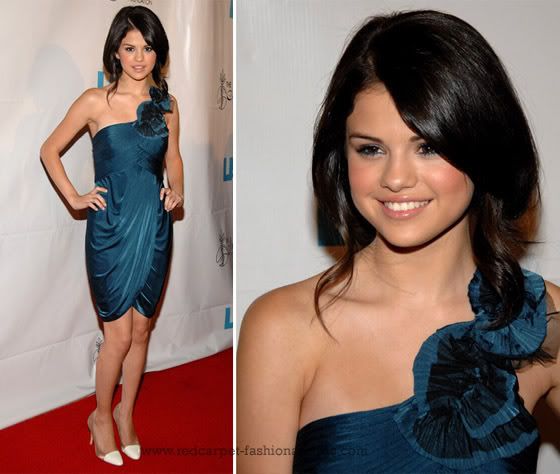
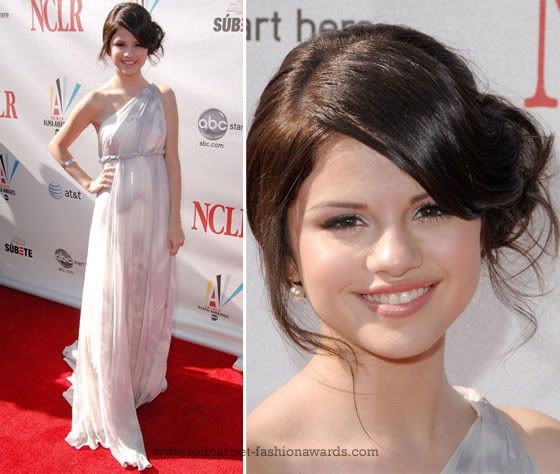

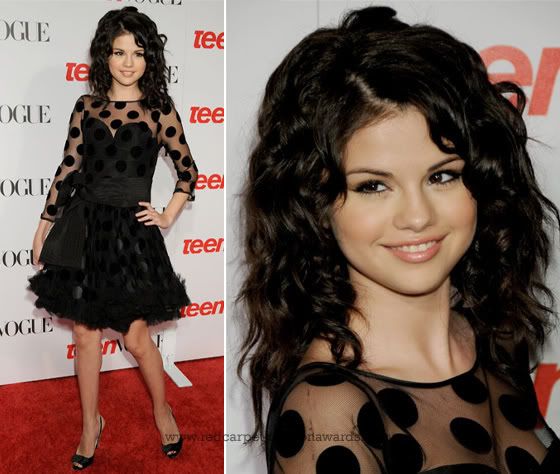

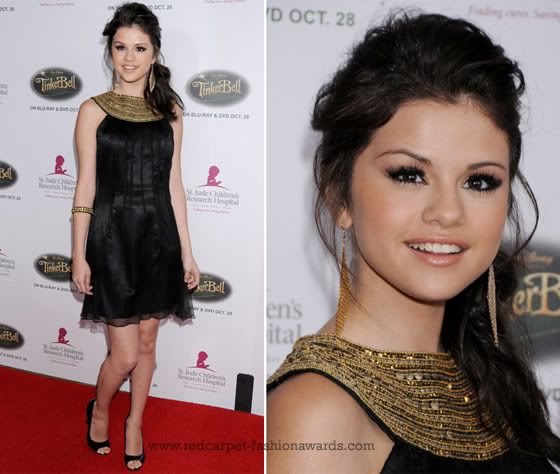
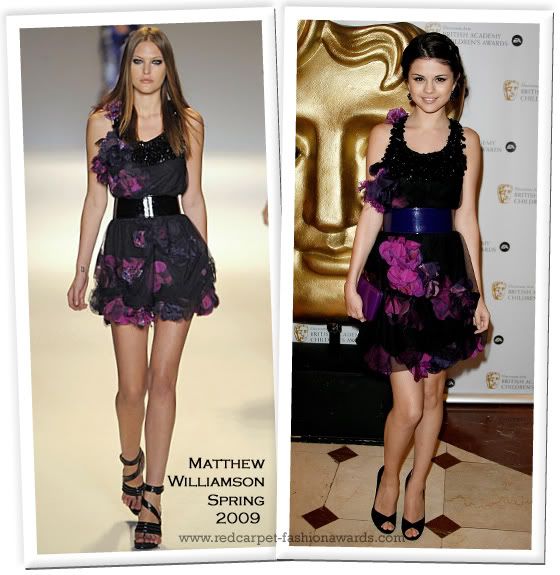



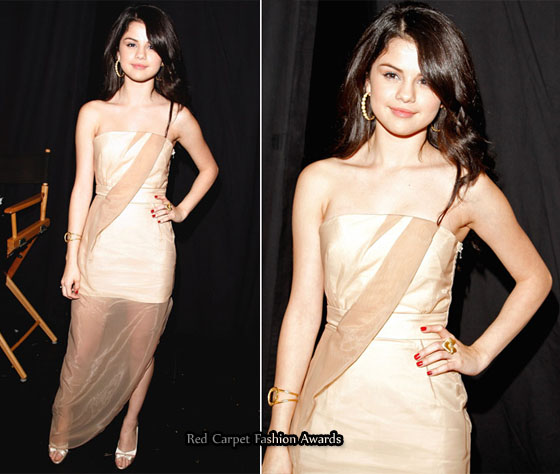







 Olga Romanov Tatiana Romanov
Olga Romanov Tatiana Romanov